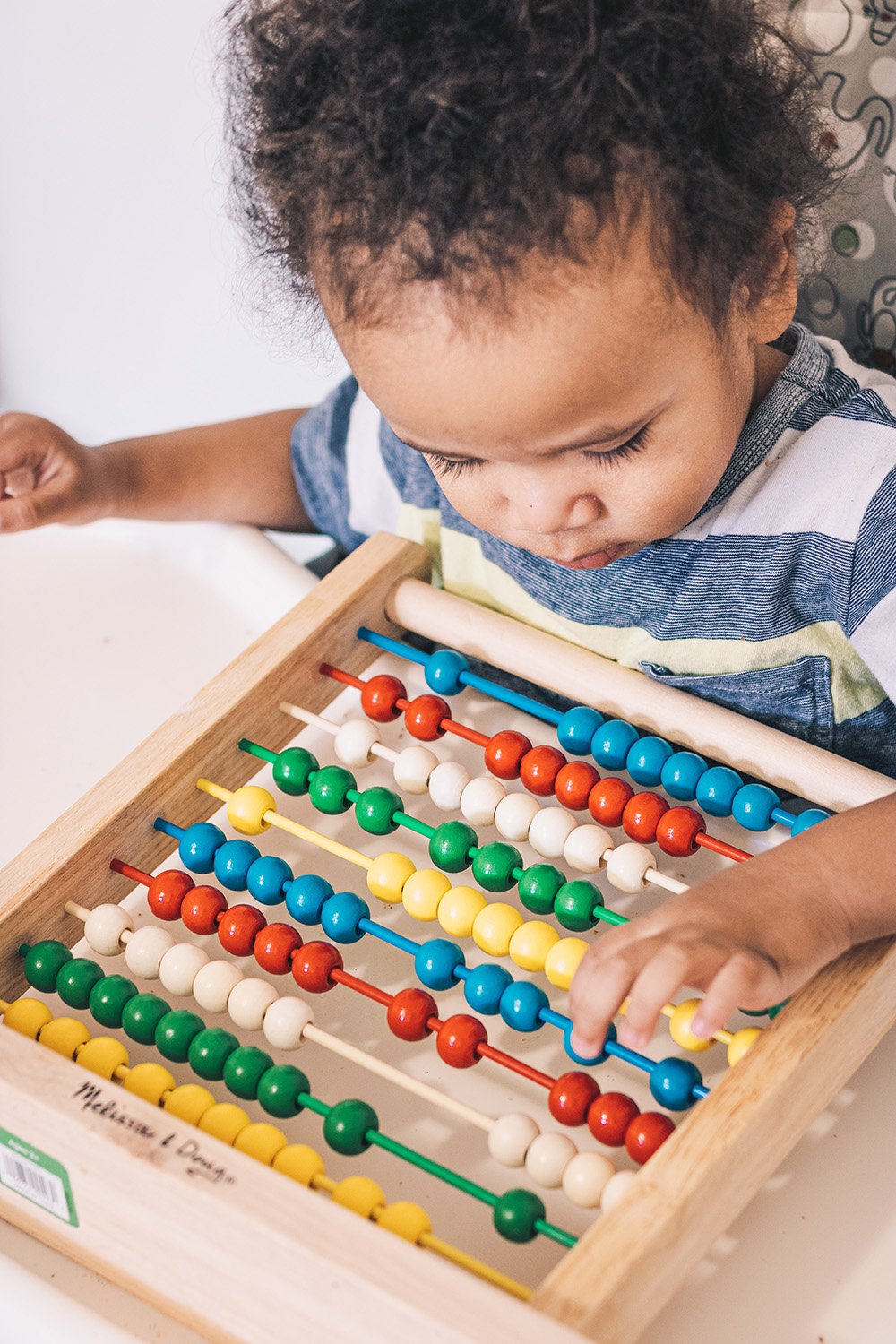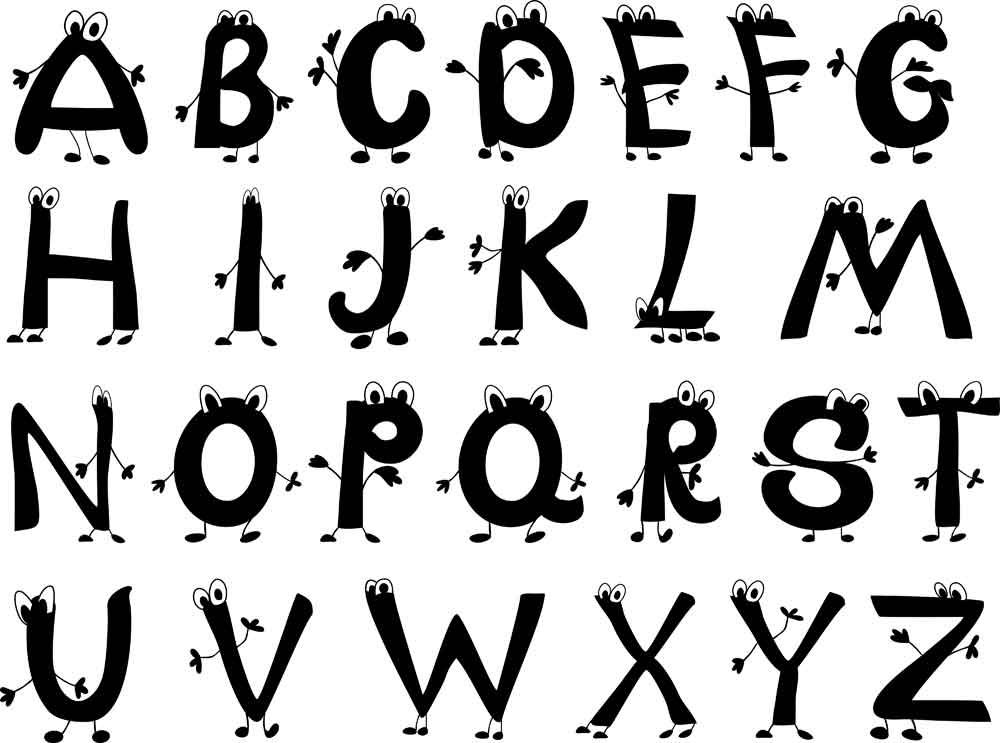 Advanced Placement (AP) and International Baccalaureate (IB) Programs—we hear these phrases with varying degrees of frequency in public and private high schools across America. What do they mean, and what are the differences? How do AP and IB programs factor into college planning, and, more importantly, in your learning and growth? Let’s explore potential answers to these questions.
Advanced Placement (AP) and International Baccalaureate (IB) Programs—we hear these phrases with varying degrees of frequency in public and private high schools across America. What do they mean, and what are the differences? How do AP and IB programs factor into college planning, and, more importantly, in your learning and growth? Let’s explore potential answers to these questions.
Better Understanding the AP Program
To compare and contrast AP and IB programs, let’s take a closer look at each. The Advanced Placement program is designed by the College Board (the same publisher that provides the SAT). It was first implemented in the 1950s, with courses and exams in ten subject areas. There are now 38 AP courses available, covering everything from Microeconomics to Music Theory to Human Geography (along with all the core subjects). If your school offers AP courses, you can typically elect to take however many you’d like and in any subjects, although taking more than three at a time–as a general rule–can make it a challenge to balance schoolwork. It is, of course, a matter of quality over quantity–take what speaks to you and is meaningful. AP courses are considered college-level, and these courses are intended to explore subjects more deeply and move faster (covering more material) than a non-AP course. At the end of the course is an AP exam, which is where possible college credit or course selection advantages come into play. Depending on the college or university, a score of 3, 4, or 5 may earn you some amount of credit, or potentially allow you to bypass certain courses once you get to college.
AP also offers another rigorous opportunity called the AP Capstone, which involves taking AP Seminar and then AP Research (two year-long classes that develop research, analysis, collaboration, and presentation skills). Students may earn an AP Capstone Diploma by scoring a three or higher on these two exams, plus a three or higher on four additional AP exams of their choosing.
Better Understanding the IB Program
For further comparison of AP and IB programs, let’s look more closely at the IB program. The International Baccalaureate (IB) program similarly offers college-level coursework and demands a great deal of academic investment from its students, but it operates in a different manner from the AP program. The IB program is more fully concerned with the learning experience across grade levels, rather than specific, segmented courses as you elect to take them. Developed in Switzerland in the 1960s, IB offers a Primary Years Program (PYP) and a Middle Years Program (MYP) in addition to the Diploma Program available in grades 11 and 12, but you can start the program in high school without having participated in the PYP or MYP. You can also take some IB courses without completing the full IB diploma if your school’s policies allow it; and any IB course will prepare you for the associated IB exam at the end of the year. The IB curriculum promotes an international focus and interdisciplinary thinking, asking students to take standard- and higher-level courses in various subjects but also in broader genres, such as Theory of Knowledge, service, and creativity. Writing and analysis are major components of the program, and students will practice often, ultimately writing the extended essay (a 4,000-word research paper) as a culminating project for the full Diploma Program.
As one parent of an IB student recently shared, the IB program “teaches the skills that are necessary in today’s world and memorization is the least of these. It’s the difference between being a passive receptor of knowledge and actually becoming the driving force behind your learning process. I see IB as both content and individual exploration of a topic because students have an “IA”, independent assessment, in each of their IB subjects. The 4,000 word thesis is one project but certainly not the only individual project you are doing.”
How are AP and IB Programs Similar?
Both the AP and IB programs can result in either college credits or placing out of certain prerequisite courses at many colleges in the US, depending on a student’s exam level, exam score, and college policy. However, college credit or course selection and placement aren’t the primary reasons to involve yourself in these extensive and intensive academic programs. The most compelling reason to participate in an AP course or the IB program would be that you are excited about learning and want to dive deep into a given topic, or challenge yourself to sharpen the very skills you use to learn any subject. From a learning perspective, the exams at the end of the year are the smallest part of the AP and IB experience; the substance is in everything you will learn and encounter along the way. Moreover, AP and IB courses often contribute to a weighted GPA, which is a way of demonstrating that a student has more rigorously challenged themselves at the high school level.
How are AP and IB Programs Different?
In the same vein as AP, students may earn college credit or place out of certain prerequisite courses via qualifying IB exam scores. Unlike AP, to earn the IB diploma, students must be enrolled in an accredited IB school. Another difference between AP and IB programs is that you may not take an IB end-of-year exam without having been enrolled in the course. It’s possible to take an AP exam without having taken the course, though doing so will probably require extra effort and investment on the student’s own time, whether through practice booklets or working with a private tutor. We see the reverse happen, as well: students can take an AP course throughout the year and decide not to sit for the exam (provided they are at a school that doesn’t require students enrolled in AP classes to take the tests).
The way AP and IB programs function at different schools can vary widely. A growing number of private schools are actually phasing out AP classes, due to the feeling on the part of some teachers that the highly structured (in most subjects) curriculum doesn’t allow for sufficient pedagogical freedom. Some of these schools continue to offer the option for students to take the exams in May and often make the argument that their Honors or Advanced courses can be leveraged for the AP exam. Others may ask that interested students find another nearby school to host them for the exam, though actually making this arrangement has proven extremely challenging (if not impossible) in our experience. Again, as with many factors on the path to college, the details are very school-dependent. Moreover, the AP exams are only offered in May or June, thus scores from grades 10 or 11 may be factored into a college application process, but scores from grade 12 don’t generally affect the application package since scores come back in the summer, well after seniors have already been accepted and decided where they’re going to school. This timing is also true for the IB Diploma Program as results are not available until the summer after senior year has concluded.
It’s important to note that certain universities in the UK require AP exams for their American applicants. This is, of course, a major difference from American colleges, where, as we’ve mentioned, AP scores are not required. Even among the UK schools, AP scores are not universally needed—St Andrews in Scotland, for example, is an exception (it’s also on the Common Application, thus US students can apply without engaging in the UCAS process). So, ultimately, we return to the idea of the value of the courses themselves.
AP and IB Programs Both Offer Challenging Learning Experiences
Both AP and IB programs can offer an exciting depth of knowledge, challenge, and discovery to the student who is willing to spend their time and effort in that learning journey. Both are challenging and richly rewarding. The genuine goal of either program is not to receive college credit, but to take advantage of a truly substantive academic opportunity, and to reap the intellectual benefits. The material, the expansion of critical thinking, and the engagement with peers who are equally invested can afford you a meaningful and memorable year in class, and often the desire to explore further. If your school doesn’t offer AP or IB programs, then focus on selecting the most rigorous courses available to you and don’t fret! Competitive and ambitious students seek out appropriately challenging courses within the framework of whatever their schools make available, and optimizing your high school experience is what’s most important as you navigate your learning journey.
By Jordi Rozenman, M.A., College Counselor and Private Tutor, Brad Hoffman, M.S.Ed., Board Certified Educational Planner, and Faya Hoffman, M.A., Board Certified Educational Planner
 What are the CDC’s Developmental Milestones?
What are the CDC’s Developmental Milestones?  As literacy instruction has evolved, the proverbial pendulum has swung from the Bottom-Up approach, which includes a strong focus on phonics instruction, to the Top- Down approach, also known as Whole Language, where authentic literature became the focus. The former, largely popular in the years before the early 1980’s, was essentially built on the idea that literacy instruction at the elementary level should include the “building blocks” of language- grammar, rules, and letter/word family constructs particular to the English language. The philosophy here was that with this Bottom -Up theory, students would integrate the rules that they learned, the vocabulary, etc, and become proficient readers.
As literacy instruction has evolved, the proverbial pendulum has swung from the Bottom-Up approach, which includes a strong focus on phonics instruction, to the Top- Down approach, also known as Whole Language, where authentic literature became the focus. The former, largely popular in the years before the early 1980’s, was essentially built on the idea that literacy instruction at the elementary level should include the “building blocks” of language- grammar, rules, and letter/word family constructs particular to the English language. The philosophy here was that with this Bottom -Up theory, students would integrate the rules that they learned, the vocabulary, etc, and become proficient readers. As students set out to acquire new skills, understanding the stages of learning and how and where to recognize progress towards mastery can be difficult. The beginning and end of a particular learning process are generally quite clear, but learners often lack vocabulary for all of the micro-steps that occur between “not knowing” and “knowing.” Students regularly articulate thoughts like “I’m not good at this” or “this is easy for me,” but less commonly note nuances like “I’m getting the hang of this concept, though I’m still not able to work fluently” or “I can solve simple problems, but it’s difficult for me to apply this concept in unfamiliar settings.”
As students set out to acquire new skills, understanding the stages of learning and how and where to recognize progress towards mastery can be difficult. The beginning and end of a particular learning process are generally quite clear, but learners often lack vocabulary for all of the micro-steps that occur between “not knowing” and “knowing.” Students regularly articulate thoughts like “I’m not good at this” or “this is easy for me,” but less commonly note nuances like “I’m getting the hang of this concept, though I’m still not able to work fluently” or “I can solve simple problems, but it’s difficult for me to apply this concept in unfamiliar settings.” Progressive education, a pedagogical movement that defines most schools across the United States today, began as a niche, innovative idea that sought to reimagine the purpose of education in the late 19th century. One of the founding theorists,
Progressive education, a pedagogical movement that defines most schools across the United States today, began as a niche, innovative idea that sought to reimagine the purpose of education in the late 19th century. One of the founding theorists,